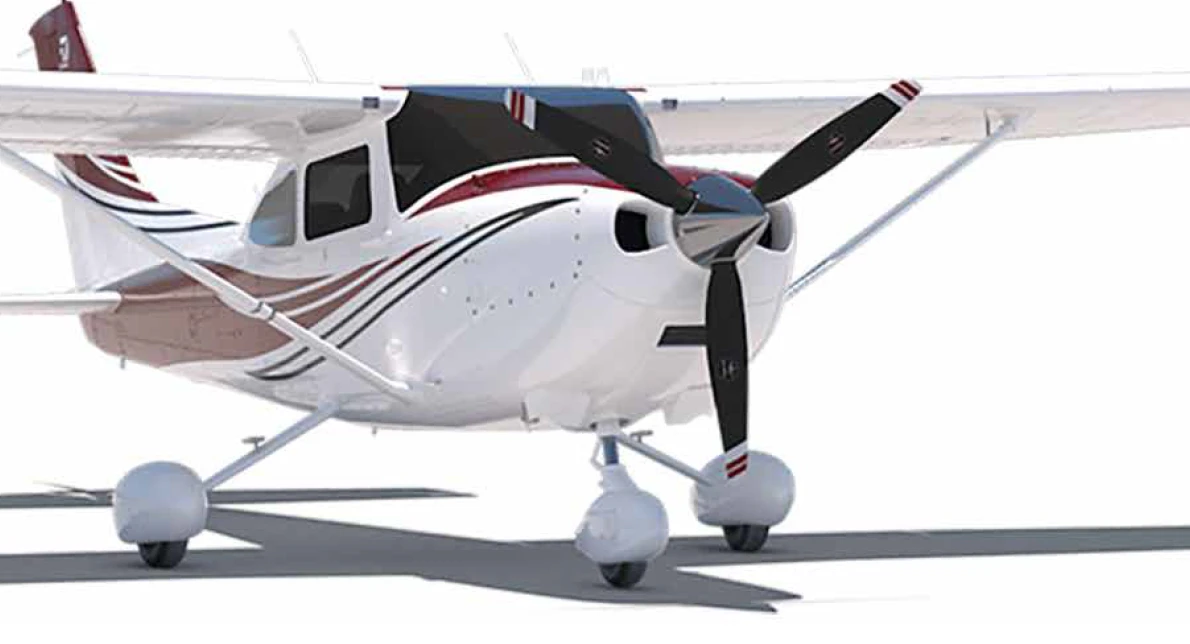I would like to raise awareness of a few basic — but critical — facts that every pilot must keep in mind, especially when operating an aircraft below 500 feet AGL.
Unfortunately, incidents caused by inattention or simply not being taught or reminded of these principles continue to occur just as frequently today — if not more so — than when I first began reading the Aviation Safety Digest back in the mid-sixties.
We must always remember, and never neglect, the following:
1. A wing requires speed (indicated airspeed) to work.
The golden rule is the “Three SSS’s”: Speed, Speed, and Speed. This doesn’t mean excess speed — just enough to handle the aircraft’s situation, whether straight and level or in a turn. Without sufficient speed, the aircraft will cease to fly and become a brick, and its occupants become little more than meat bombs. The lack of the “Three SSS’s” continues to catch pilots out, especially in the following scenario:
An unexpected engine power failure on take-off. The average human reaction time in this kind of event is 3 to 4 seconds. In that time, the aircraft can easily decelerate and stall unless the control column is briskly pushed forward — ideally creating a brief moment of zero gravity to prevent the stall. Personally, just after take-off and once safely above the runway, I lower the nose slightly in my C210 and allow it to accelerate to at least 105 knots. If I need a good rate of climb due to obstacles, I maintain at least that 105 knots until it’s safe to increase to 120. That extra speed gives me a safety margin and vital reaction time — reducing the risk of stalling near the ground if something goes wrong.
2. Stall speed increases with angle of bank.
This is something we should all have been taught, but too often it’s forgotten. The turn onto final approach is a common place where pilots miscalculate — usually because they overshoot the base leg and try to correct with a steeper-than-necessary turn. Once again, this is where carrying some safety speed is vital, especially close to the ground.
-
Remember: gravity always acts vertically down
-
Lift always acts perpendicular to the wings
3. Keep the slip and skid ball centred.
This is good practice throughout all phases of flight, except when intentionally slipping the aircraft. If the ball is not centred during the turn to final, one wing is more likely to stall before the other, and the aircraft can roll uncontrollably onto its back — even if the indicated airspeed is slightly above stall speed for that turn.
A very useful minimum safety speed to remember when flying below 500 feet AGL is 1.404 times the clean stall speed (Vs) of your aircraft. For example, in the case of a P210R, that’s 1.404 x 73 knots = approximately 102.5 knots. I consider this a sound minimum to use for initial climb, for turns up to 30° onto final, or in the event of an engine failure. Once you’re established on a stabilised final approach, you can adjust your speed down to your usual target.
Through my work as a LAME, and after hours as an RA-Aus instructor and CFI, I fly regularly with pilots of all ages and experience levels. The younger ones generally either get it right or they haven’t yet learned the basics. The older ones often either forget them or have simply been lucky — until now. I’d estimate that around 1 in 5 pilots I fly with genuinely worry me to the point that I have to say something — or physically intervene to correct a situation. That’s not a statistic any of us should feel comfortable with.
You can see daily examples of crashes from all around the world on YouTube. I’d estimate that at least half of them stem from not observing the basic principles I’ve outlined here.
Yes, it all comes back to the Three SSS’s: Speed, Speed, and Speed.
Because without it, a wing — and the aeroplane it’s attached to — is nothing more than a brick.
Tony Brand
Director / Chief Engineer
Horsham Aviation Services

